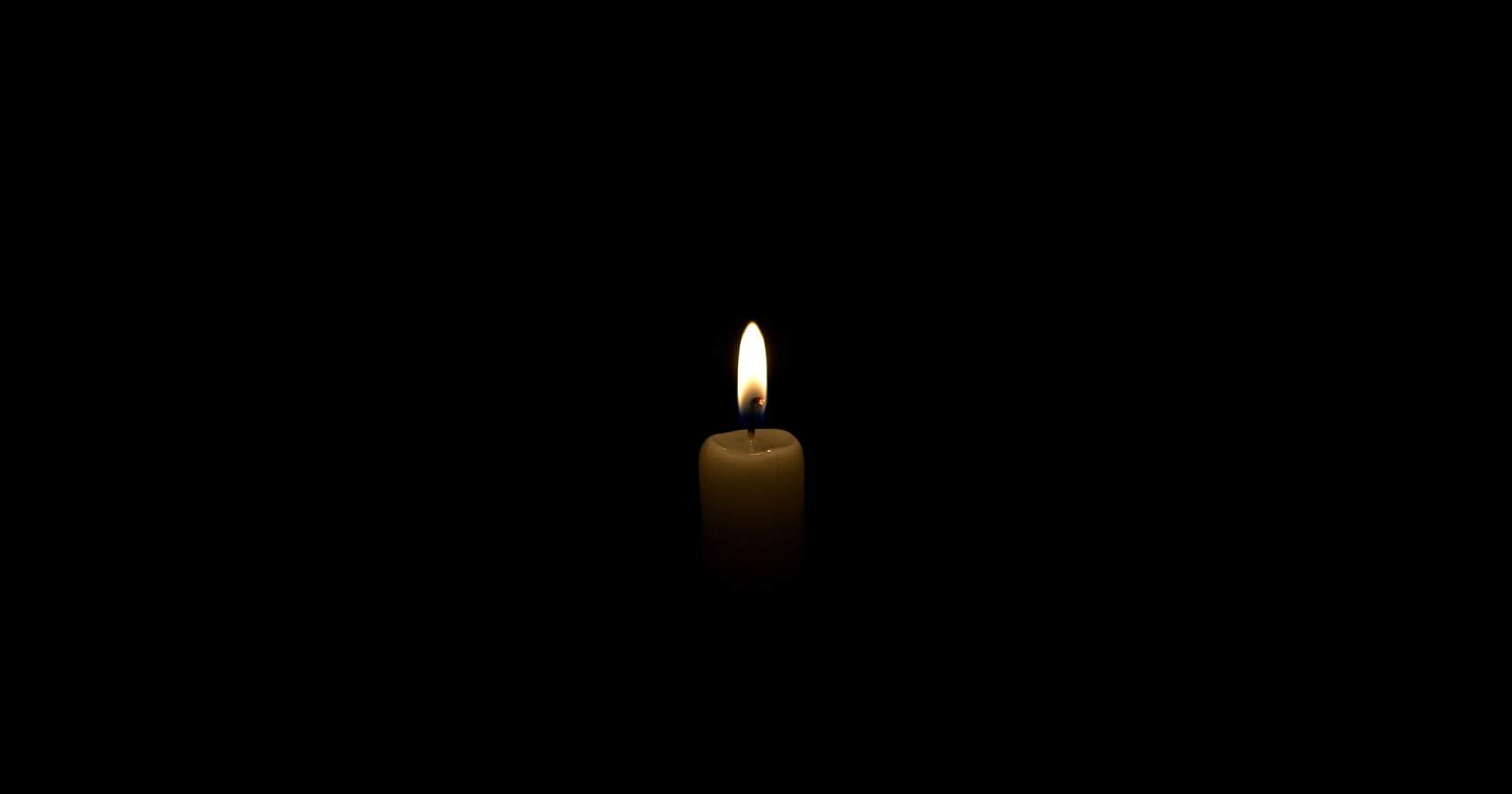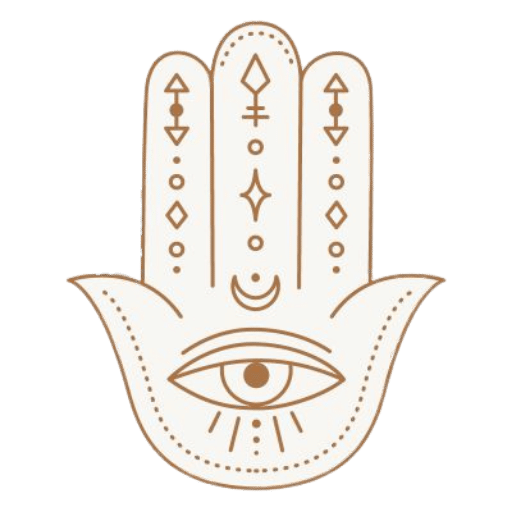Trataka meditation, an ancient technique that enhances focus and inner vision. Learn how to guide your attention inward to cultivate clarity of mind and deep concentration.
Explore step-by-step instructions and the profound benefits of this powerful meditation method.
Trataka, meaning ‘to look‘ or ‘to gaze‘, is the practice of intense gazing at one point or object, which develops the power of concentration.
Trataka is the last of the shatkarmas (a set of six purification techniques in Hatha Yoga), as described in the Gherand Samhita, an ancient Sanskrit text considered one of the classical treatises on Hatha Yoga, composed around the 17th century CE.
This meditation practice serves as a stepping-stone bridging physically oriented practices and mental practices, paving the way towards higher states of awareness.
How to Practice Tatraka
- Begin by closing your eyes and relaxing your entire body, with special attention to the eyes. Bring your attention to the natural breath and focus on maintaining stillness throughout the practice.
- Open your eyes, fix your gaze steadily on the flame, avoiding blinking or moving the eyeballs. Straining should be avoided to prevent tension and eye flickering. Concentrate so intensely on the flame that body awareness diminishes.
- If your mind starts to wander, gently bring it back to the practice.
- After a minute or two, when your eyes feel tired or begin to water, softly close them. Direct your gaze to the after-image of the flame before your closed eyes. If the image shifts, try to stabilize it, bringing it in line with the center of your eyebrows. As the flame’s image fades, attempt to get it back into focus.
- When you can no longer retain the image, gently reopen your eyes and refocus on the flame.
- Repeat this process of external gazing, and then close your eyes again to focus on the inner image. Repeat this cycle 3 or 4 times.
- After the final round, perform the palming technique 2 or 3 times before opening your eyes. This completes the practice.
When to Practice Tatraka
Trataka should follow asanas, pranayamas, mudras, and bandhas to stabilize both body and mind. It’s most beneficial during dawn or dusk on an empty stomach.
Beginners can start with 1 or 2 minutes, gradually increasing to 5 to 10 minutes for general use. Under expert guidance, longer sessions are suitable for spiritual purposes.
Those dealing with insomnia or mental tension can practice for 10 to 15 minutes before bedtime.
Cautions: For eye issues like eyestrain or astigmatism, consider alternative exercises. If you have myopia requiring glasses, wear them during flame trataka.
Avoid trataka if you have glaucoma or epilepsy, opting for alternative methods instead. Never practice trataka directly on the sun to prevent eye damage.
Individuals with epilepsy should refrain from practicing trataka using a candle flame. Instead, they should opt for a black dot or another completely steady object to gaze at, ensuring there’s steady background light.
Benefits of the practice
Trataka practice enhances the clarity and brightness of the eyes, while also balancing the nervous system, alleviating nervous tension, and boosting memory and concentration. It activates the ajna chakra and serves as an excellent preparation for meditation.
Trataka serves as a potent method for clearing accumulated mental complexes, issues, and suppressed thoughts, allowing practitioners to observe what emerges.
However, it’s essential to note that problems may surface too quickly, leading to mental disturbance. In such cases, it’s advisable to halt the practice and seek guidance from a qualified teacher.
Trataka helps focus the mind, reducing oscillations and fostering one-pointedness, thus awakening inner vision. With focused attention, the mind’s latent potential can spontaneously arise.
Some Final Thoughts
The practice of Trataka acts as a bridge connecting hatha yoga with raja yoga. Though traditionally a part of hatha yoga, it may also be considered a part of raja yoga. Trataka can be practiced on almost any object, known as outer (bahir) trataka, with Agochari mudra being an excellent form of outer trataka.
The main purpose of this practice, however, is to gaze steadily at an object for an extended duration without flickering the eyelids. This practice allows one to cultivate a clear inner after-image necessary for inner trataka.
Trataka, in one form or another, is utilized by almost every religious and spiritual system, though often heavily disguised.
An integral part of Hindu religious practice is to sit in front of a picture or a statue of deities like Krishna, Rama, Shiva, or the symbol Aum.
Though many may regard this as a form of worship, it is actually a form of trataka, aimed at concentrating the mind on the external deity, leading to mental peace and a meditative state.
Bibliography for this article:
- Asana Pranayama Mudra Bandha by Swami Satyananda Saraswati
- A Systematic Course in the Ancient Tantric Techniques of Yoga and Kriya by Swami Satyananda Saraswati



